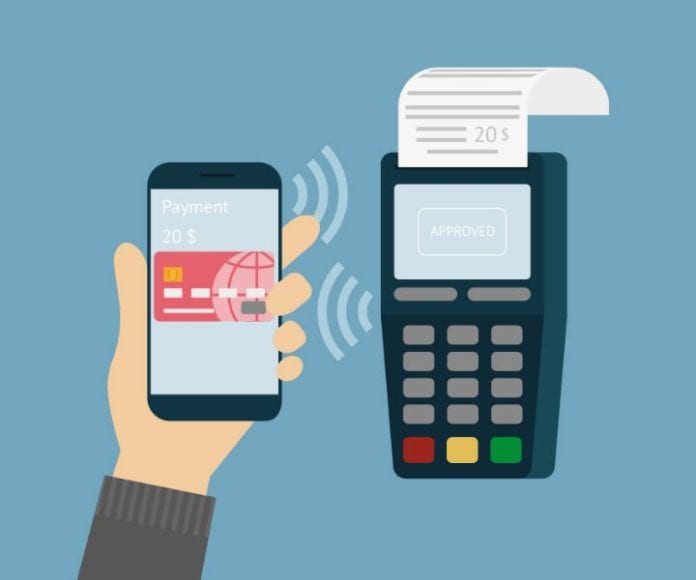Text messaging remains a significant form of communication between people, but it also looks set to become an ordering platform for businesses
Remember when you could sign up for online email notifications? You could ask your bank to email you an alert if your balance became low. Or, you could get an email alert of a sale on a site where you like to buy things. All you had in your inbox was messages from friends and family members (or if at work, messages from coworkers).
But lately (meaning the last few years), the company that was sending your alerts now had your email address. So they began blasting you with emails about new sales, information from partners and things that don’t seem relevant to just alerts. (This was usually the result of not “unchecking” the box where they say you agree to receive email from the company and their partners). As a result, your inbox got flooded with machine-generated email. This has forced most consumers to now use texting to communicate with friends and family instead of using email. However, email is still used for communicating about important matters such as legal issues and to transfer file attachments that you can’t easily manage using text messaging.
Now, let’s look at the situation with texting today in the U.S. You again often sign up for alerts like the ones you used to do with email: low bank balance alerts, prescription ready alerts, automatic payment notifications, etc. Most of these are very helpful.
There are also a number of extended services being offered by messaging services such as voice chat, talk (like Skype), broadcast messages (one to many), walkie-talkie (voice interrupted message) and, of course, standard texting with emoticons.
However, there’s a new revolution happening in text messaging coming to the U.S. It is all about conducting business using text messaging services. Text services such as WeChat (Chinese founded text service) and WhatsApp (owned by Facebook) have already begun to offer business services mostly in China, but spreading out internationally.
These services are able to happen because the text messaging service provider is using data communications instead of original text messaging that was restricted to the 160-character limit. New messaging services are unrestricted and can easily add rich media services. Apple’s Messenger is a good example of a data communications-based messaging service.
The new text messaging services are designed to provide the kind of services beneficial to the user within the messaging paradigm. While the number of new business messaging services is growing daily, these services are not meant (yet anyway) to replace all the services on the web, which are often extended to mobile services, although it would appear many companies believe they will need to offer text messaging services in addition to web and mobile.
The way in which these new class of services are coming to market is the way in which messaging providers like WeChat, WhatsApp, Skype and (soon) Apple Messenger (think Siri within the messenger) is that they are opening up their messaging platform to third-party developers who are then adding these services. This is different from companies that create an entirely new messaging app that also does new services, but only inside their messaging app.
This new paradigm of using text messaging – to actually get into e-commerce vs. just adding voice services – is still in its infancy in the U.S. User paradigms are also in test mode. You’ll soon be able to order most anything using text messaging. Some of this is driven by convenience, but some will also be much more complicated than ordering online using a web browser.
My only concern about messaging-based e-commerce services is that just like what happened in email, the organizations that learn who you are through a messaging service you’re using will then spam you to death with other offers. As a result, your text messaging folder may get crammed with hundreds of messages. It will take more work by users to turn off services and alerts that they don’t want.
Within a few years, I suspect most of us will use one or more e-commerce services within the text messaging application. You’ll likely order your standard pizza with a quick text message and think nothing of it. Remember, you heard it here.

J. Gerry Purdy, Ph.D. is the principal analyst with Mobilocity LLC and a research affiliate with Frost & Sullivan. He is a nationally recognized industry authority who focuses on monitoring and analyzing emerging trends, technologies, and market behavior in mobile computing and wireless data communications devices, software and services. Dr. Purdy is an “edge of network” analyst looking at devices, applications and services as well as wireless connectivity to those devices. Dr. Purdy provides critical insights regarding mobile and wireless devices, wireless data communications, and connection to the infrastructure that powers the data in the wireless handheld. Dr. Purdy continues to be affiliated with the venture capital industry as well. He spent five years as a venture advisor for Diamondhead Ventures in Menlo Park where he identified, attracted and recommended investments in emerging companies in the mobile and wireless industry. He has had a prior affiliation with East Peak Advisors and, subsequently, following their acquisition, with FBR Capital Markets. Dr. Purdy advises young companies who are preparing to raise venture capital. Dr. Purdy has been a member of the Program Advisory Board of the Consumer Electronics Association that produces CES, one of the largest trade shows in the world. He is a frequent moderator at CTIA conferences and GSM Mobile World Congress. Prior to funding Mobilocity, Dr. Purdy was chief mobility analyst with Compass Intelligence. Prior to that, he owned MobileTrax, LLC and enjoyed successful stints at Frost & Sullivan, Dataquest (a division of Gartner) among other companies.
Editor’s Note: Welcome to Analyst Angle. We’ve collected a group of the industry’s leading analysts to give their outlook on the hot topics in the wireless industry.

